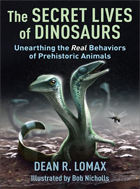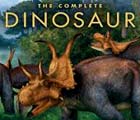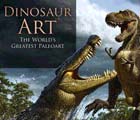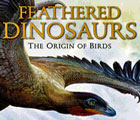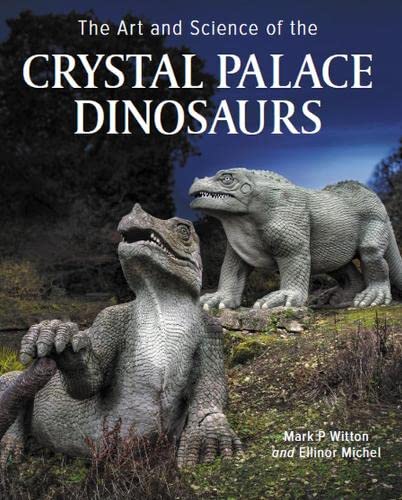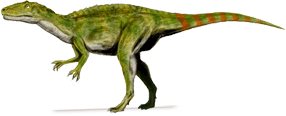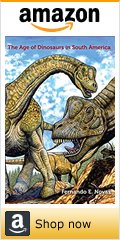Family Tree:
Saurischia
Theropoda
Tetanurae
Avetheropoda
Carnosauria
Allosauroidea
Carcharodontosauria
Neovenatoridae
Megaraptora
Saurischia
Theropoda
Tetanurae
Avetheropoda
Carnosauria
Allosauroidea
Carcharodontosauria
Neovenatoridae
Megaraptora
Pronunciation: meg-uh-rap-TOR-ruh
Authors: Benson, Carrano, and Brusatte
Year: 2009
Meaning: Giant plunderers (see etymology)
Locomotion: Bipedal
Synonyms: None known
Authors: Benson, Carrano, and Brusatte
Year: 2009
Meaning: Giant plunderers (see etymology)
Locomotion: Bipedal
Synonyms: None known
[Benson et al. 2009]Definition
The most inclusive clade comprising Megaraptor namunhuaiquii but not Chilantaisaurus tashuikouensis, Neovenator salerii, Carcharodontosaurus saharicus or Allosaurus fragilis.
About
Megaraptora is a group of predatory dinosaurs that inhabited Asia, Australia and South America from Barremian through Maastrichtian times.
They are diognosed by their elongate skull and generally short and strongly-curved teeth, some of which are 8-shaped in cross section, powerful arms with enlarged claws on digits I and II of their three-fingered hands. Additionally, they posessed a highly pneumatic (lightweight, air filled) axial skeleton (bones of the skull, ribcage, pelvis and spinal column) that extended to the middle portion of the tail.
When coined in 2009, Megaraptora was assigned as a sub group to Neovenatoridae and held up as evidence that some members of Allosauroidea (to which Neovenatoridae belongs) did indeed live right up to the latest Cretaceous and that tyrannosauroids weren't necessarily top of every food chain at the dinosaurian end of days. However, Megaraptora has since been recovered as a grouping within Tyrannosauroidea and Carcharodontosauria, and at the foot of Coelurosauria which is where most troublesome theropods spend at least a portion of their time.
Despite ongoing debates about their exact classification, megaraptorans appear to have originated in Asia during the late Jurassic period. They migrated to Australia in the Early Cretaceous, where they evolved into megaraptorids. These megaraptorids then spread to South America during the mid-Cretaceous, where they grew significantly larger than their Asian and Australian relatives, and assumed the role of apex predators, dominating their ecosystems during the Late Cretaceous.
Click here to search Dinochecker for megaraptorans.
Etymology
Megaratora—Great plunderers—is derived from the Greek "megas" (great, large), and the Latin "raptor" (plunderer, thief) and "-a" (plural).
Relationships
References
• Benson RB, Carrano MT and Brusatte SL (2010) "A new clade of archaic large-bodied predatory dinosaurs (Theropoda: Allosauroidea) that survived to the latest Mesozoic". Sci. Nat. 97(1): 71–78
• Novas FE, Agnolín FL, Ezcurra MD and Porfiri JD (2012) "Megaraptorans as members of an unexpected evolutionary radiation of tyrant-reptiles in Gondwana". Ameghiniana 49 (Suppl.): R33.
• Novas FE, Agnolin FL, Ezcurra MD, Porfiri J and Canale JI (2013) "Evolution of the carnivorous dinosaurs during the Cretaceous: The evidence from Patagonia". Cretaceous Research, 45: 174–215. DOI: 10.1016/j.cretres.2013.04.001.
Porfiri JD, Novas FE, Calvo JO, Agnolín FL, Ezcurra MD and Cerda IA (2014) "Juvenile specimen of Megaraptor (Dinosauria, Theropoda) sheds light about tyrannosauroid radiation. Cretaceous Research, 51: 35–55. DOI: 10.1016/j.cretres.2014.04.007.
• Bell PR, Cau A, Fanti F and Smith ET (2015) "A large-clawed theropod (Dinosauria: Tetanurae) from the Lower Cretaceous of Australia and the Gondwanan origin of megaraptorid theropods". Gondwana Research, 36: 473–487.
DOI: 10.1016/j.gr.2015.08.004.
• Lamanna, MC, Casal GA, Martínez RD and Ibiricu LM (2020) "Megaraptorid (Theropoda: Tetanurae) partial skeletons from the upper cretaceous bajo barreal formation of central Patagonia, Argentina: Implications for the evolution of large body size in Gondwanan Megaraptorans". Ann. Carnegie Mus. 86(3): 255–294.
• Samathi A, Weluwanarak J, Duanyai P, Kaikaew S and Suteethorn S (2023) "An unusual metatarsal of theropod dinosaur from the Lower Cretaceous of Thailand: the first detailed study of paleopathology in Megaraptora". Historical Biology, 36(3): 467-472. DOI: 10.1080/08912963.2023.2166833.
• Aranciaga Rolando AM, Novas FE, Calvo JO, Porfiri JD, Dos Santos DD and Lamanna MC (2023) "Reconstruction of the pectoral girdle and forelimb musculature of Megaraptora (Dinosauria: Theropoda)". The Anatomical Record, 306(7): 1804–1823. DOI: 10.1002/ar.25128.





